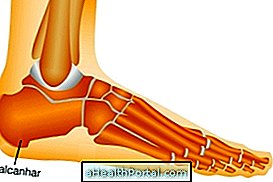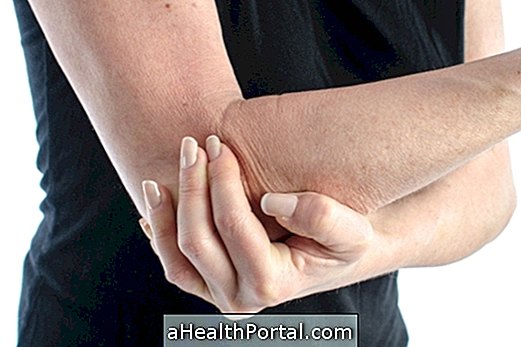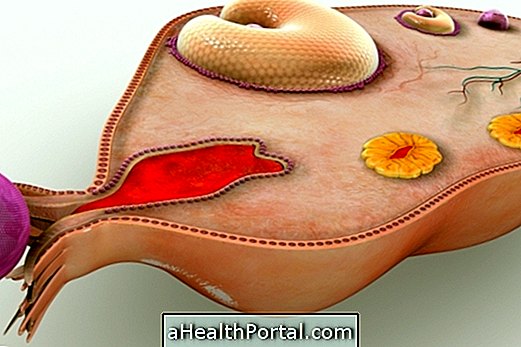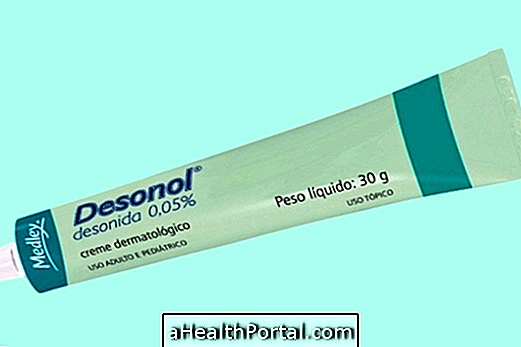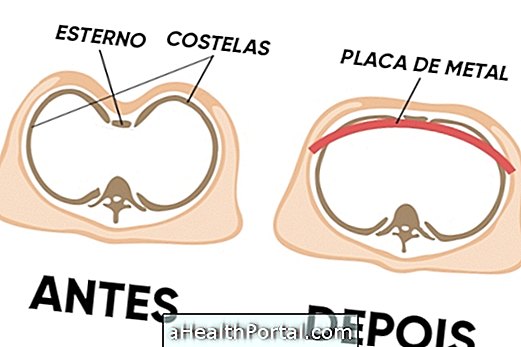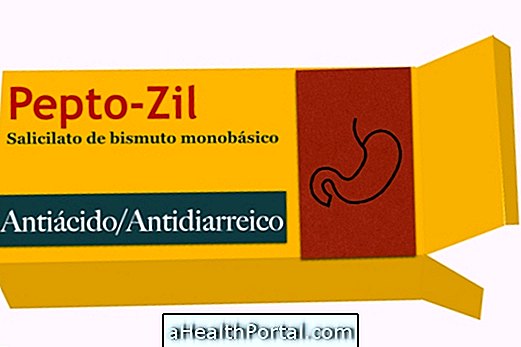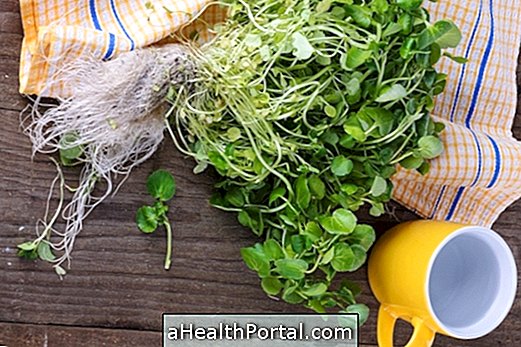The remedies used to treat rheumatism aim to reduce pain, difficulty in movements and discomfort caused by inflammation of regions such as bones, joints and muscles, as they are able to reduce the inflammatory process or regulate the immune system.
Rheumatism is an ancient expression of medicine, no longer used, although it is still widely used to express a set of inflammatory or autoimmune diseases, called rheumatologic diseases, which usually reach joints, bones and muscles, but which can also compromise the function of organs such as the lungs, heart, skin, and blood.
Rheumatologic diseases are a group of several diseases, and some of the main examples are osteoarthritis, rheumatoid arthritis, lupus, ankylosing spondylitis, dermatomyositis or vasculitis, for example.
Some examples of remedies for rheumatism, which should be guided by the rheumatologist, are:
| Medicines | Examples | Effects |
| Anti-inflammatory | Ibuprofen, Aspirin, Naproxen, Etoricoxib or Diclofenac. | They reduce the inflammatory process that causes pain and swelling. It is recommended to use only in times of crisis, as continuous use can cause side effects. |
| Analgesics | Dipyrone or Paracetamol. | They control pain and make it easier to perform daily activities with less discomfort. |
| Corticosteroids | Prednisolone, Prednisolone or Betamethasone. | They reduce the inflammatory process more potently and modulate the immune system. Its continued use should be avoided, but in some cases, under medical indication, can be kept in low doses for prolonged periods. |
| Disease modifying drugs - Anti-rheumatic drugs | Methotrexate, Sulfasalazine, Leflunomide or Hydroxychloroquine. |
Used alone or in conjunction with other classes, they help control symptoms, prevent injuries, and improve joint function. |
| Immunosuppressants | Cyclosporine, Cyclophosphamide or Azathioprine. | They decrease the inflammatory reaction by blocking the cells' response to the activity of the immune system. |
| Immunobiological | Etanercept, Infliximab, Golimumab, Abatacept, Rituximab or Tocilizumab. | More recent therapy, which uses mechanisms of activation of the immune system itself in the fight against inflammatory processes by autoimmune diseases. |
These remedies used for treatment of rheumatic diseases may be indicated by the physician according to the type of the disease, the severity and the intensity of the symptoms and are very useful for ameliorating the symptoms of the various types such as stiffness and deformities in the hands or pains in the knees or spine, for example, avoiding worsening and improving the quality of life of the person with the disease.
Is there blood rheumatism?
The term "blood rheumatism" is incorrect, and is not used by physicians, as there is no rheumatic disease that affects only the blood.
This expression usually refers to rheumatic fever, which is a disease caused by an autoimmune reaction after infection by the bacterium Streptococcus pyogenes, which causes pharyngitis and tonsillitis, which causes inflammatory processes with arthritis, cardiac involvement, skin lesions, alterations neurological and fever.
To treat rheumatic fever, in addition to medications to control inflammatory reactions such as anti-inflammatories and corticosteroids, the rheumatologist will also guide the use of antibiotics, such as penicillin, to treat the infection and eliminate the bacteria in the body, preventing new seizures . Understand in more detail what are the main symptoms and how to treat rheumatic fever.

Natural Treatment Options
To treat rheumatic diseases, in addition to the use of remedies, it is also important to have home care that helps control inflammation and relieve chronic symptoms. Some options include:
- Compressed with ice or cold water, for about 15 to 30 minutes, twice a day, during periods of inflammation of the joints;
- Physiotherapy exercises, useful for working the mobility of the joints, strengthening the muscles and favoring a better physical condition of those with rheumatism, and are guided by the physiotherapist according to the illness of each person;
- Practicing physical activities, because exercise, such as swimming, water aerobics or walking is very important for people with rheumatological diseases, because it helps control weight, prevents joint overload, strengthens muscles and bones, increases flexibility and maintains a good cardiovascular health.
- Caring for food, which should be rich in omega-3, present in cold water fish such as salmon and sardines, and in seeds such as chia and flaxseed, as there is evidence that help regulate the immune system. It is also important that the diet contains calcium and vitamin D present in milk and dairy products, and it is recommended to avoid alcoholic beverages and the consumption of processed foods and with many additives, as they can worsen the inflammatory process and disrupt the treatment.
See the following video for other foods that may help relieve pain:

In addition, occupational therapy is also a good alternative for people with joint and bone diseases, as these professionals can guide how to do day-to-day tasks in the best way to avoid joint overload, pain and inflammatory process.
Check out, also some other home remedies for rheumatism.
